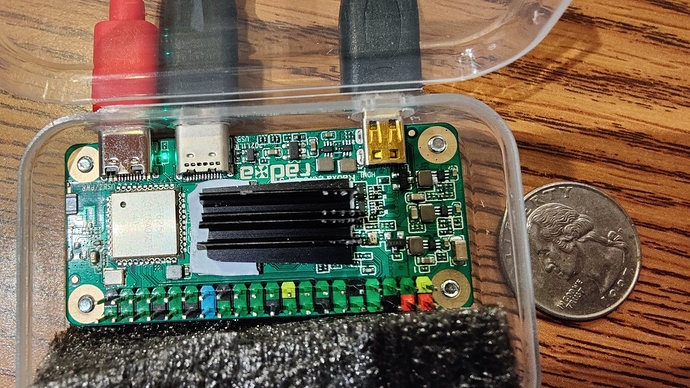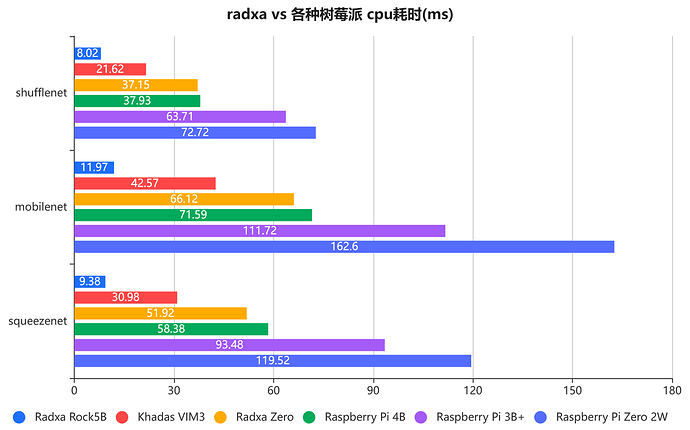I was asking that as there is so much less pcb which often helps dissipate heat. I was asking if not being able to underclock as freq is fixed is a problem and apparently not so “If a proper heatsink is used” didn’t ask what a proper heatsink was but not a fan of underside CPU’s purely to simple convection and often the oversized heatsink needs.
I often felt with the Rock4 most of us where using it upside down but if you look at https://wiki.radxa.com/Zero2/Hardware/Revisions then there is no mention and the info we have looks like its top side with a dedicated gpio for fan speed and guess its own voltage regulator or pwm output.
The Zero2 is as interesting as the Rock5 with 4x A73 running at 2.2Ghz and G52 MP4 in a zero like format and hopefully more budget based price is an intriguing device and makes this a very interesting year for radxa and some of us who purchase.
Still not sure on the licencing or you can use https://github.com/VeriSilicon/tflite-vx-delegate with the NPU but we will see I guess.



